
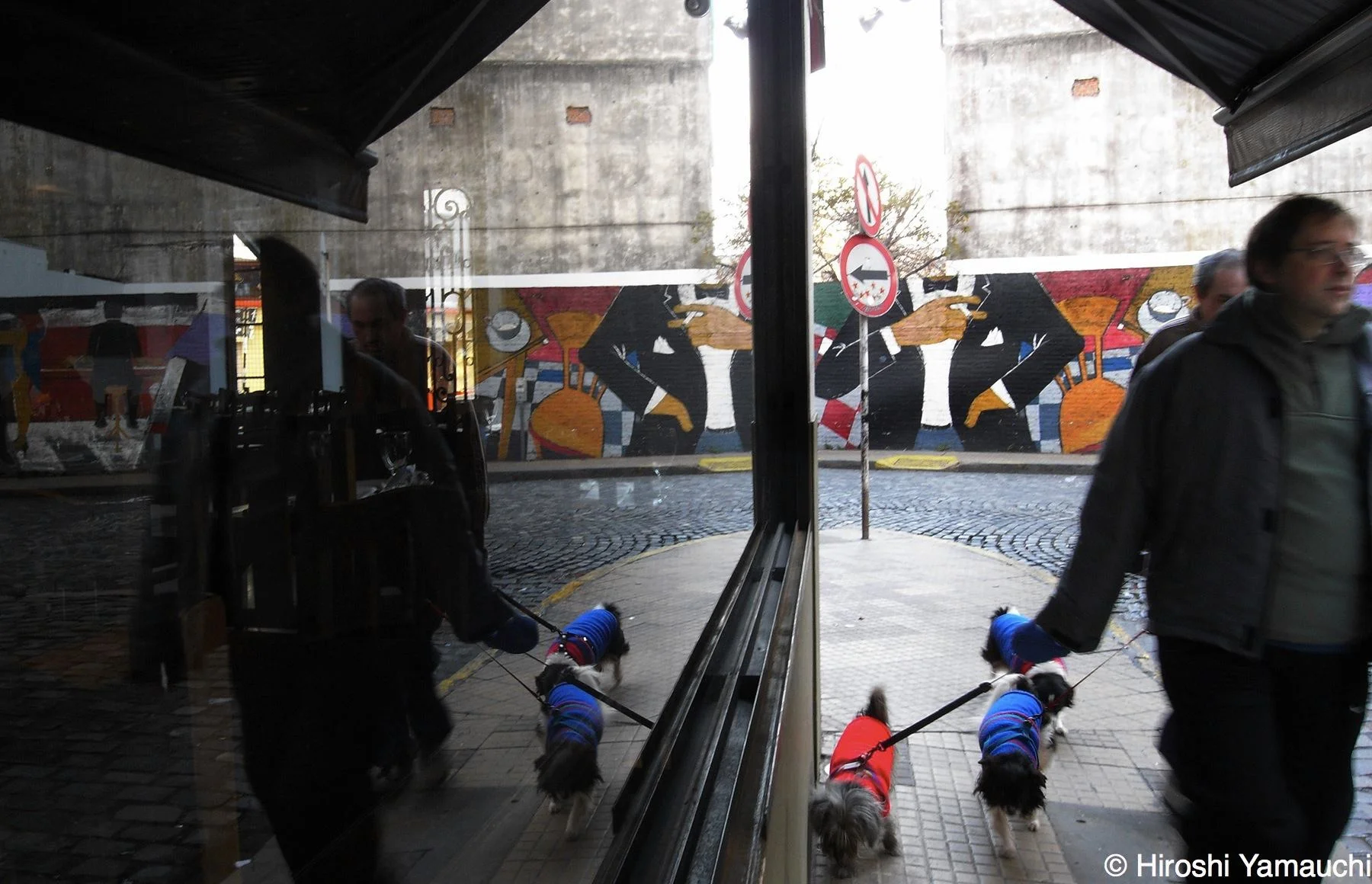


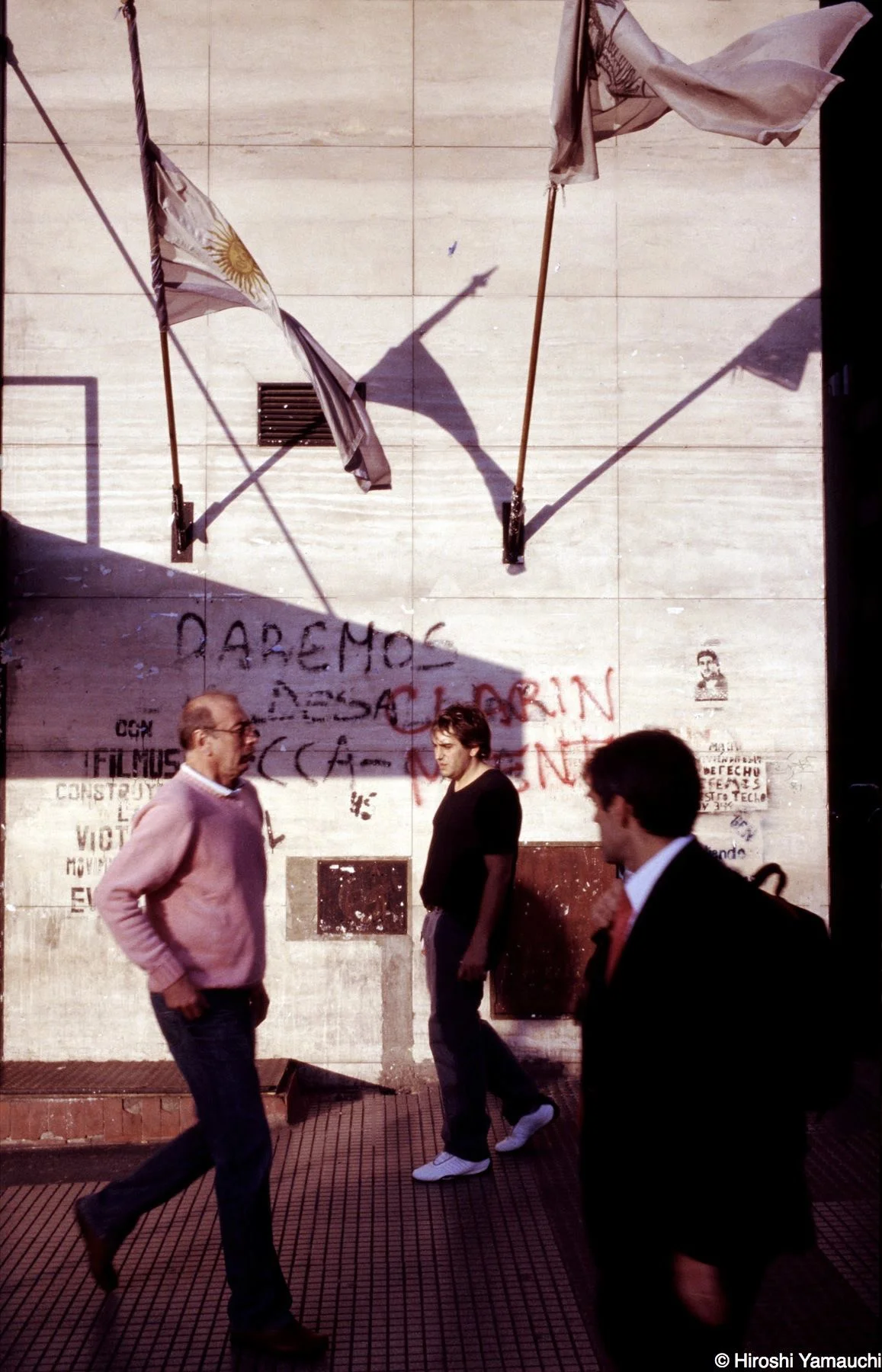

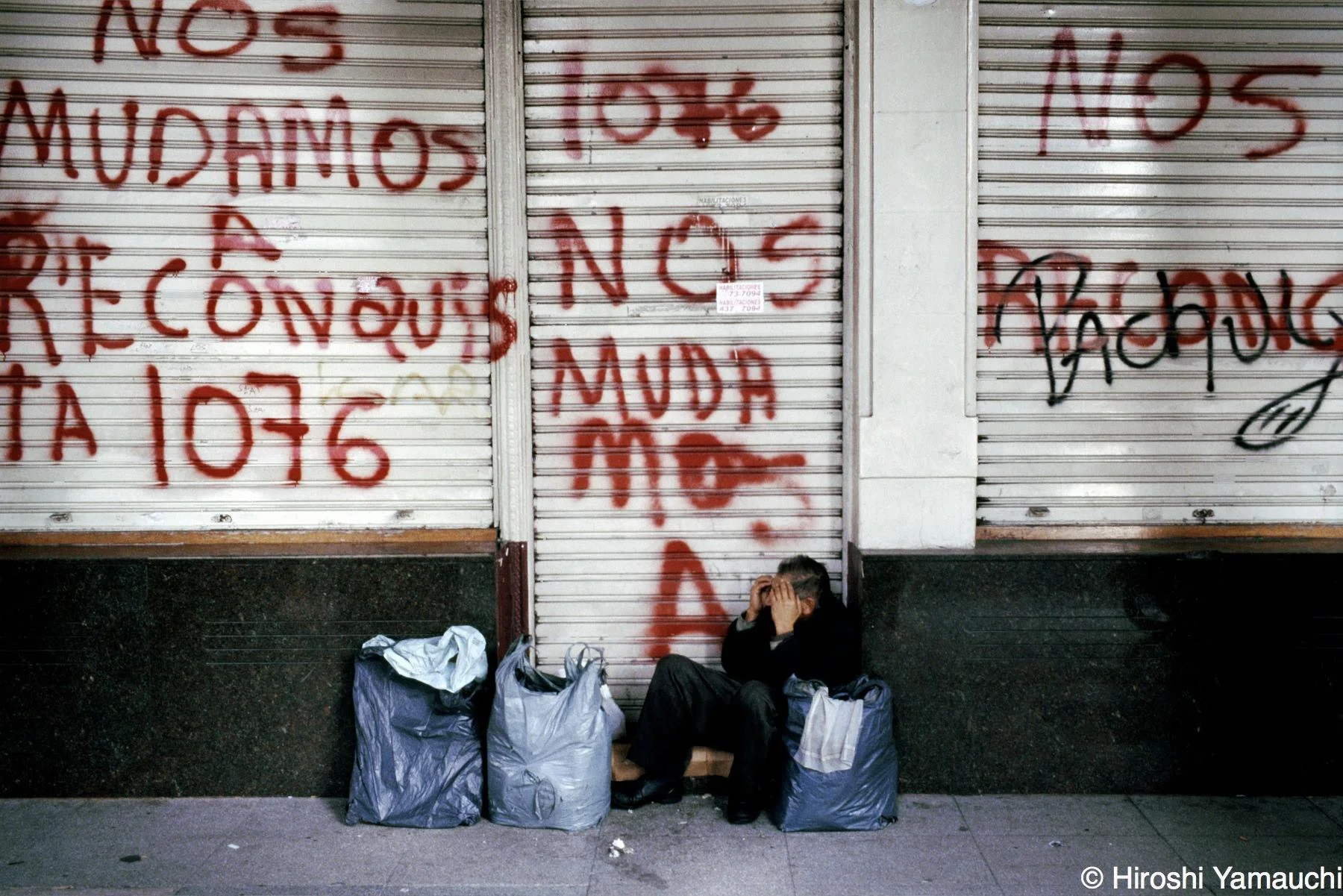

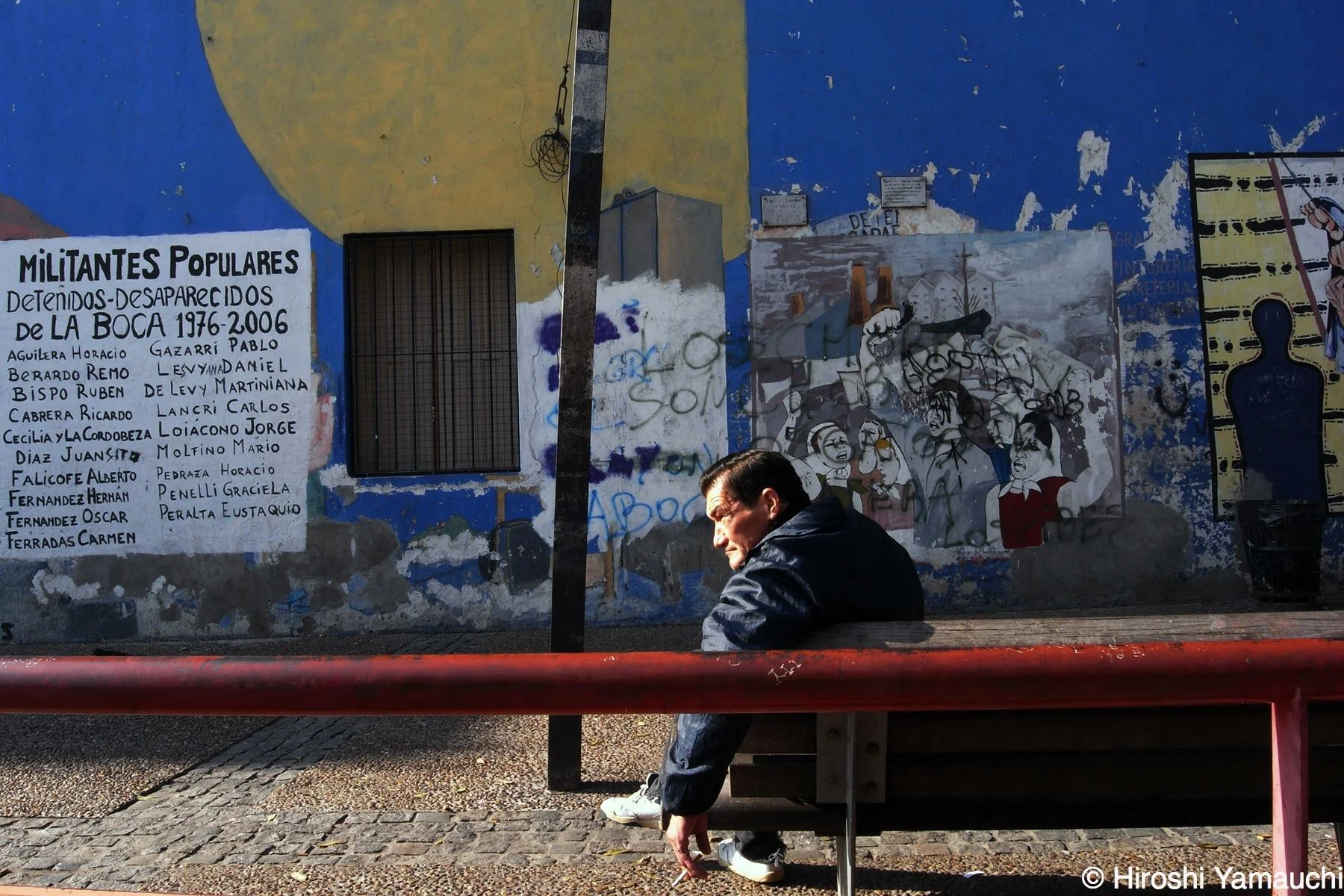
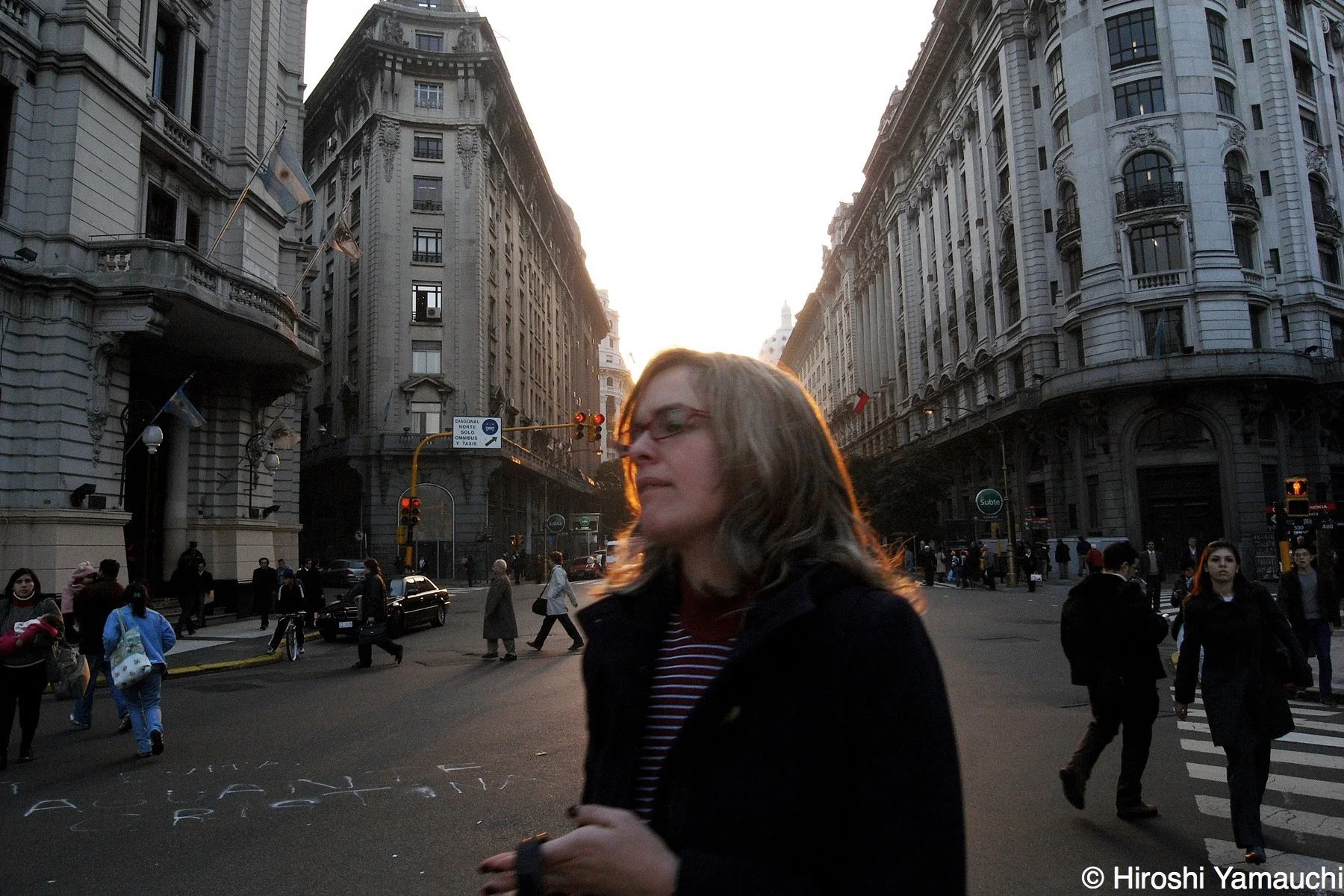

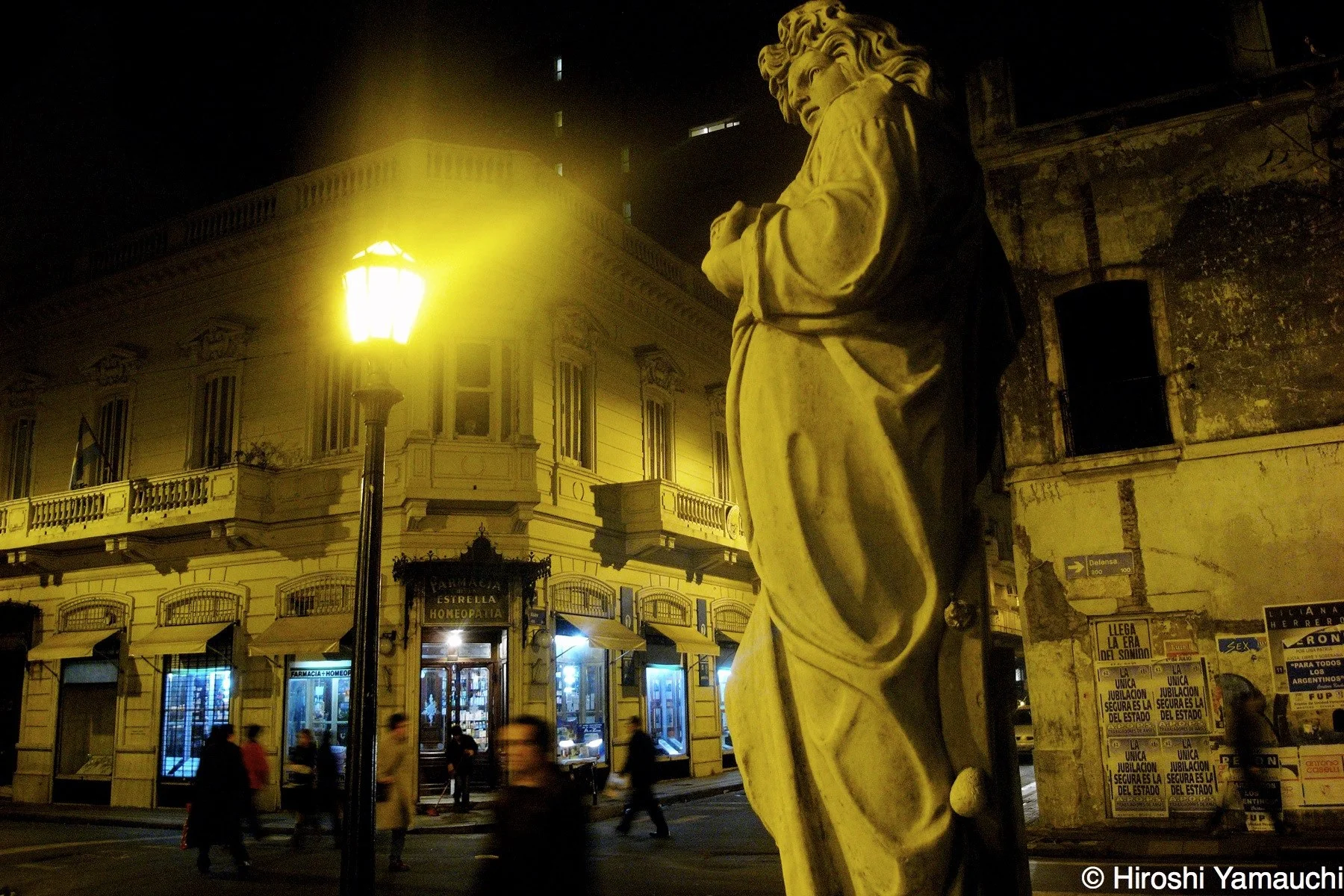

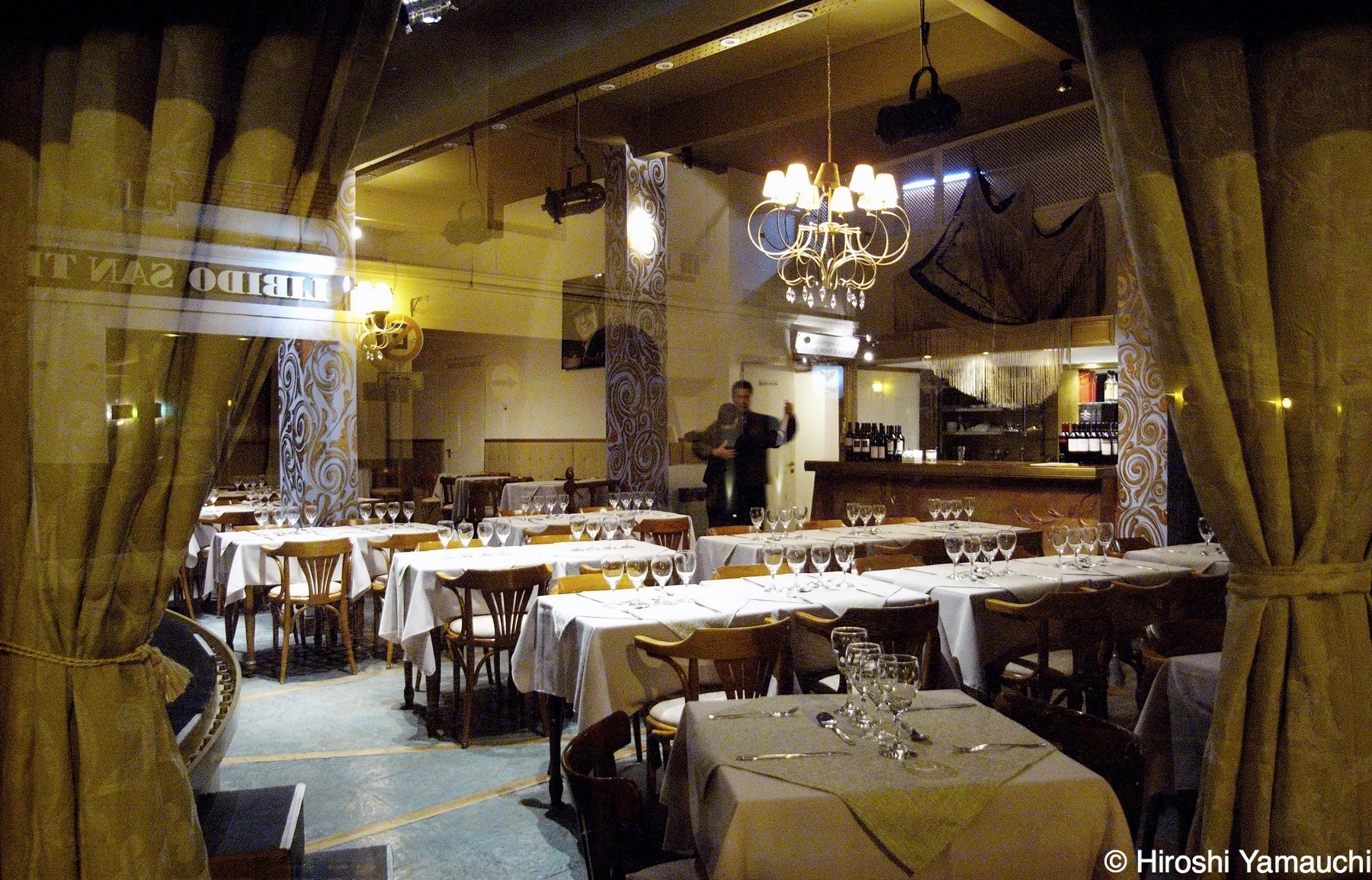
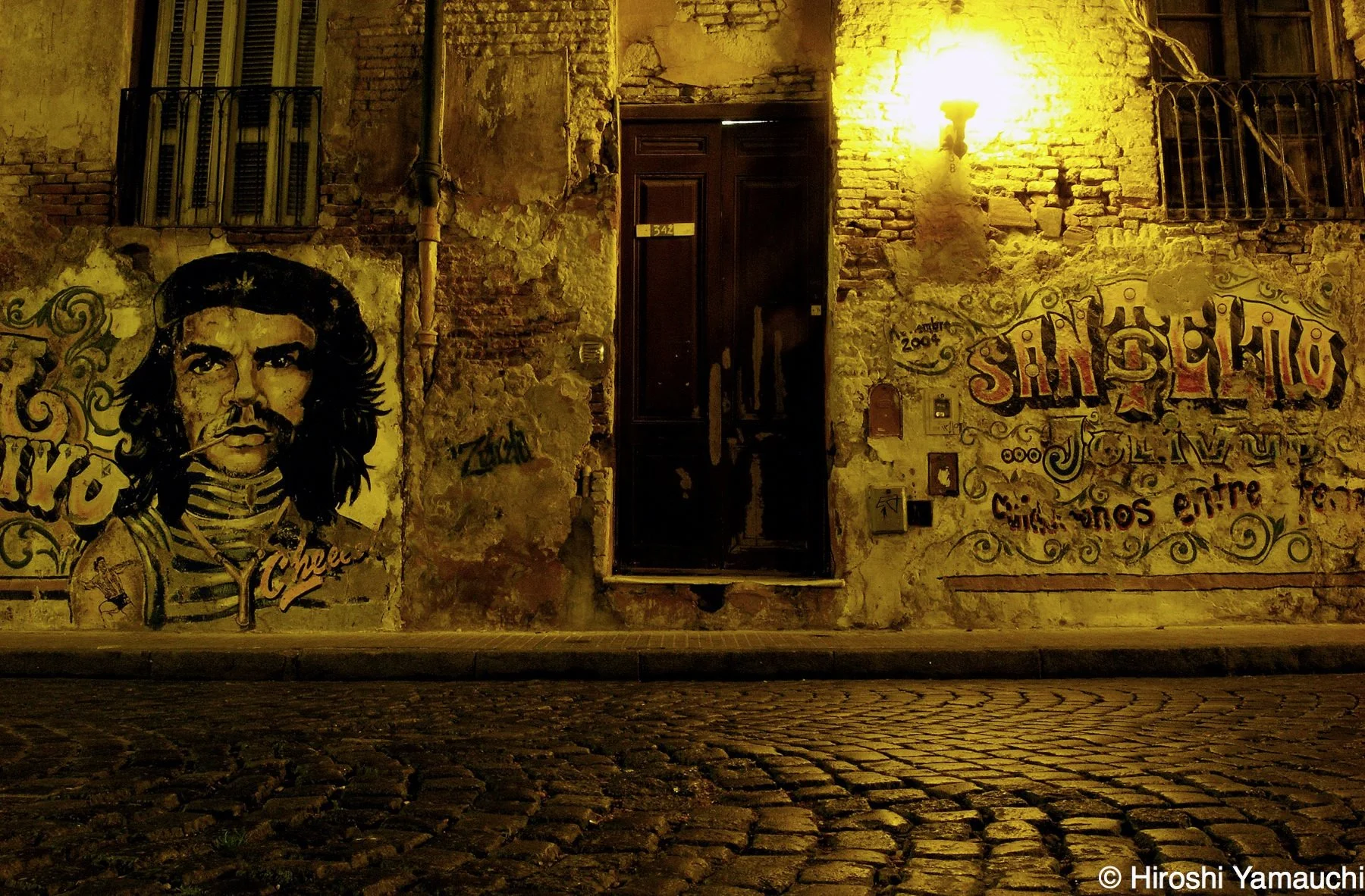



La ciudad del tango / 耽娯
Over four and a half centuries ago, when Pedro de Mendoza, the founding father of Argentina, arrived in the region, his companion Sancho del Campo was moved to exclaim, "Qué buenos aires son los de este suelo" — "What good air flows through this land." The vast pampas that inspired those words have since transformed into the grand metropolis now known as the “Paris of South America.”
The people of Buenos Aires, a port city situated at the mouth of the Río de la Plata, proudly call themselves Porteños—meaning “people of the port,” a term that also conveys their identity as stylish urbanites. Once known as the "Land of Silver" (la plata, the river’s namesake), the region saw a surge of European immigrants during the silver rush who built their fortunes through trade with their homelands. Aspiring to live as Europeans in South America, they shaped the cityscape with European-style colonial architecture.
However, since the economic collapse of 2001, the country has faced prolonged stagnation. Despite being an agricultural powerhouse with a food self-sufficiency rate of over 90%, the gap between urban and rural areas continues to widen. In the midst of ongoing political instability, the city still takes pride in its ties to revolutionary figure Ernesto “Che” Guevara—who made his mark on South American modern history—and to Eva Perón (Evita), who rose from an impoverished and illegitimate childhood to become an actress, First Lady, and influential political figure. The nostalgia for the era they lived in, and the ideals they represented continues to live on in the hearts of the people.
On weekend evenings, Porteños gather in plazas, dressed in elegant dresses and double-breasted suits, stepping to the rhythms of tango. This sensual dance, born in the seedy port taverns to the melancholy strains of the accordion, connects the past and present of Buenos Aires in a timeless embrace.
4世紀半前、アルゼンチン建国の父ペドロ・デ・メンドーサと共にやって来たサンチョ・デル•カンポをして“Que buenos aires son los de este suelo =この土地にはなんて良い空気が流れているんだ”と言わしめた大草原は、今や南米のパリと呼ばれる大都会へと変貌した。
ラ・プラタ河の河口に位置する港町の住民であるブエノス・アイレス市民は自分達を「港の人」、「お洒落な都会っ子」という意味でPorteño(ポルテーニョ)と呼ぶ。かつて銀(La plata =ラ・プラタ河の語源)の国と言われ、シルバーラッシュに沸いた頃には欧州系移民が母国相手の貿易で富を築いて、南米にありながらヨーロッパ人らしく暮らしたいとの願いから欧風コロニアルな街並を造り上げてきた。
だが2001年の経済破綻以降は景気低迷が続き、食品自給率90%以上を誇る農業大国であるにも拘らず都市部と農村部の格差は広がるばかりだ。安定しない政治情勢の中で、南米近代史にその名を刻む革命家エルネスト・チェ・ゲバラや、非嫡出児として恵まれない少女時代を送りながらも女優から大統領夫人、さらには政治家としての実績も残したエビータが愛した街としての誇り、彼らが生きた時代へのノスタルジーは現在も人々の心の中にある。
ポルテーニョ達は週末の夕暮れを待ち、ドレスやダブルスーツに身を包んでタンゴの調べに合わせステップを踏む。どこか物悲しいアコーディオンの音色と港街の安酒場で生まれたこの官能的なダンスはブエノス・アイレスの過去と現在を繋ぐ。